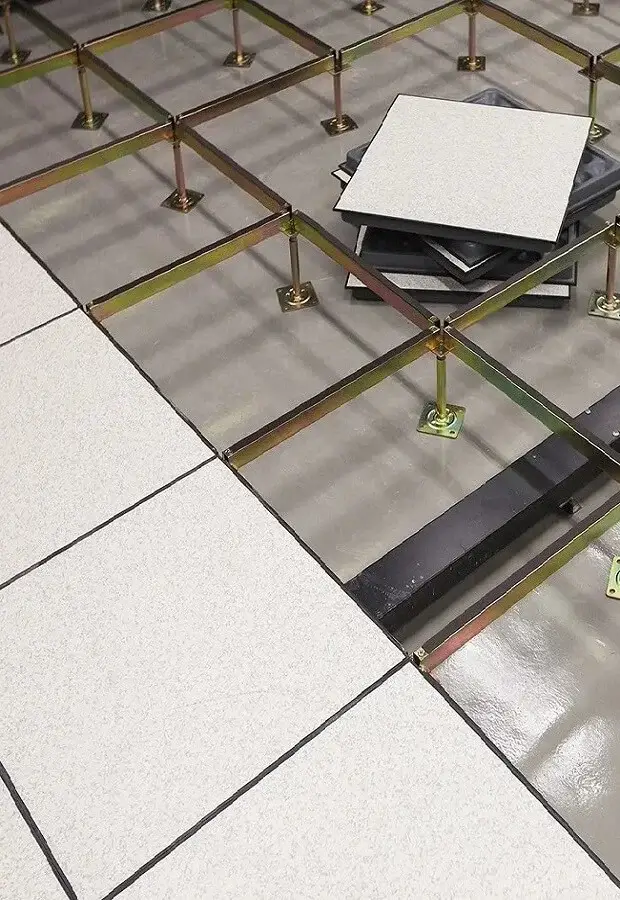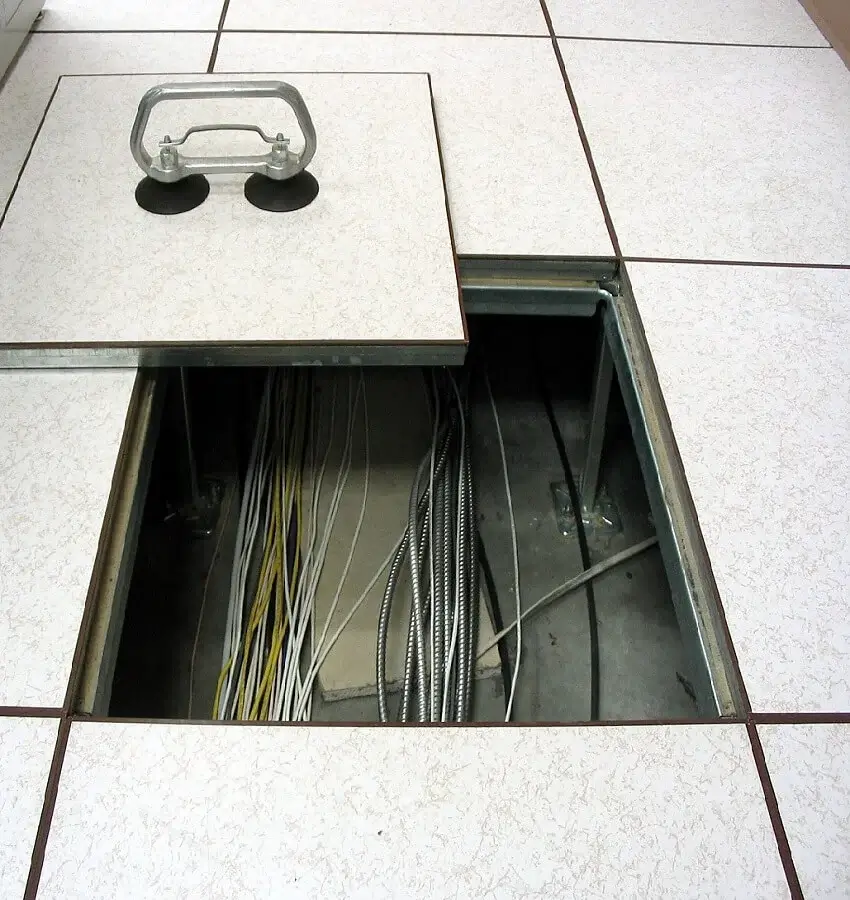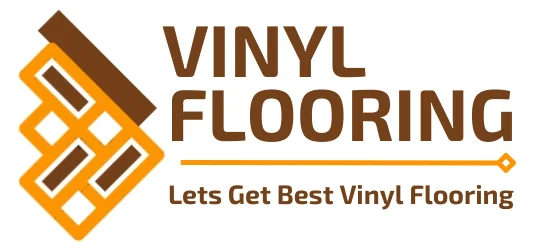Home / raised flooring
Elevate Your Space: Discover the Advantages of Raised Flooring Solutions
Enhance your environment with raised flooring solutions that offer unmatched versatility and functionality. Raised floor tiles provide a robust foundation suitable for various applications, from corporate offices to high-tech data centers. They facilitate efficient cable management and airflow, ensuring optimal performance and adaptability.
Raised access flooring systems are pivotal in commercial settings, enabling easy access to utilities beneath the floor surface. Ideal for offices and server rooms, these systems support heavy equipment while maintaining a neat and organized appearance.
For specialized needs like IT environments, raised computer floor tiles deliver stability and flexibility. Designed to accommodate sensitive equipment, they optimize airflow and temperature regulation, essential for maintaining operational efficiency.
Transform problematic areas like damp basements with false floor tiles, effectively creating a dry and insulated surface. These tiles act as a barrier against moisture, making them ideal for residential applications where traditional flooring may not suffice.
Explore the benefits of raised flooring for wet basements, which provide a durable solution to moisture issues. With their innovative design, they enhance livable space while preventing water damage and ensuring long-term durability.
Discover how raised flooring solutions can elevate your space, combining practicality with aesthetic appeal for diverse environments and requirements.
Exploring Elevated Excellence: The Diverse Types of Raised Flooring Solutions
- Traditional Raised Flooring:
- Consists of individual panels supported by pedestals.
- Allows for easy access to underfloor services like wiring and HVAC.
- Low Profile or Slimline Raised Flooring:
- Similar structure to traditional raised flooring but with thinner panels.
- Ideal for environments with height constraints or where underfloor space is limited.
- Stringerless Raised Flooring:
- Panels are directly supported by pedestals without stringers (horizontal supports).
- Offers easier installation and adjustment compared to traditional systems.
- Underfloor Air Distribution (UFAD) Flooring:
- Designed specifically for air distribution systems beneath the floor.
- Enhances energy efficiency by optimizing airflow and cooling distribution.
- Woodcore Raised Flooring:
- Panels constructed with a combination of wood and cementitious materials.
- Provides enhanced acoustic performance and fire resistance compared to all-steel panels.
- Calcium Sulphate (Gypsum) Raised Flooring:
- Panels made from a composite of gypsum and fiber.
- Known for its high load-bearing capacity and excellent fire resistance properties.
- Steel Raised Flooring:
- Panels made entirely from steel.
- Offers high durability and strength, suitable for heavy-duty applications.

- Access Floor Tiles:
- Modular tiles used for raised flooring systems.
- Available in various materials such as vinyl, carpet, or high-pressure laminate for aesthetic customization.
Raising the Floor: Why Raised Flooring Systems Are Essential for Modern Spaces

- Flexibility and Adaptability:
- Raised flooring allows for easy reconfiguration of spaces, accommodating changes in layout and technology without major disruptions.
- Accessibility to Services:
- It provides convenient access to electrical wiring, data cables, HVAC systems, and plumbing, facilitating maintenance and upgrades.
- Improved Air Circulation:
- The space beneath the raised floor acts as a plenum, allowing for efficient airflow and cooling, which can enhance energy efficiency.
- Noise Reduction:
- Raised floors can dampen noise from foot traffic and equipment, creating a quieter and more comfortable environment.
- Aesthetic Appeal:
- They offer a clean and organized appearance by concealing unsightly cables and equipment, contributing to a professional and modern workspace.
- Enhanced Safety:
- Cable management beneath the raised floor reduces tripping hazards and minimizes the risk of electrical accidents.
- Durability and Longevity:
- Raised flooring systems are typically made from durable materials like steel, aluminum, or composite materials, ensuring longevity and minimal maintenance requirements.
- Cost Efficiency:
- While initial installation costs may be higher, raised floors can result in long-term savings due to easier maintenance, reduced downtime during renovations, and improved energy efficiency.
- Versatility in Design:
- Raised flooring systems are available in various materials, colors, and finishes, allowing for customization to match different interior designs and aesthetic preferences.
WHY CHOOSE Us?
Raised flooring is a popular choice for many commercial and industrial buildings because it offers several benefits. Some key reasons to choose raised flooring include:
- Flexibility : Raised flooring allows easy access to the equipment and cables underneath, making it easier to upgrade and maintain the technology in the space.
- Improved Airflow : Raised flooring allows for proper ventilation and cooling of equipment, which can help prolong the life of the equipment and prevent overheating.
- Cable Management : Raised flooring provides an organized and efficient way to manage and route cables, which can help improve the space’s overall functionality.
- Accessibility : Raised flooring allows easy access to power and data connections, making it easier to reconfigure the space.
- Aesthetics : Raised flooring improves the overall look of a space and is used to hide unsightly cables and equipment.
- Cost-Effective : Raised flooring can be a cost-effective solution for certain buildings where the cost of traditional flooring may be high, and the benefits may be worth the investment.
- Safety : Raised flooring can provide a safer environment for tripping hazards and a stable surface for equipment.
FAQ's
A: Raised flooring, also known as access flooring or raised access flooring, is a system of elevated floor panels supported by pedestals. It creates a space beneath the floor surface, which is often utilized for running cables, wires, and other utilities.
A: Raised flooring provides several benefits, including improved airflow for HVAC systems, efficient cable management, easy access to underfloor utilities for maintenance or upgrades, and enhanced flexibility in office layouts.
A: Raised floor panels are commonly constructed from materials such as steel, aluminum, wood, or calcium sulfate. The choice of material depends on factors like load-bearing requirements, durability, and desired aesthetics.
A: Installation involves placing pedestals at regular intervals across the floor area and then positioning the panels on top of these pedestals. The height of the pedestals can be adjusted to achieve a level surface, even on uneven subfloors.
A: Yes, raised flooring systems are engineered to support heavy loads, including servers, machinery, and equipment. Load-bearing capabilities vary depending on the design and materials used in the system.



